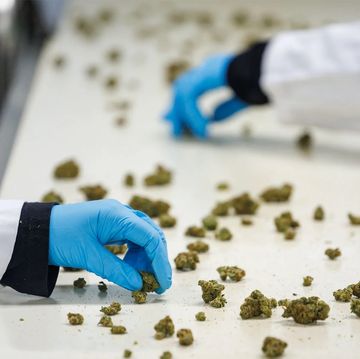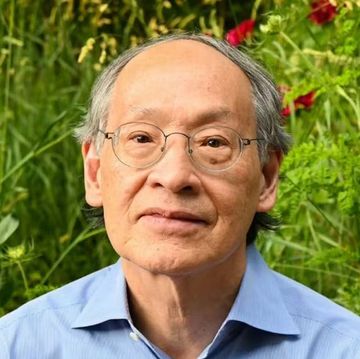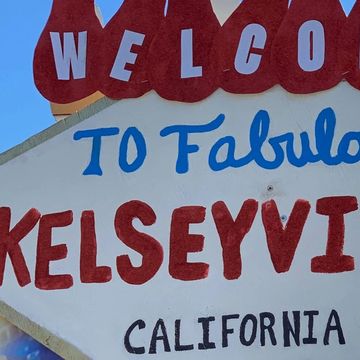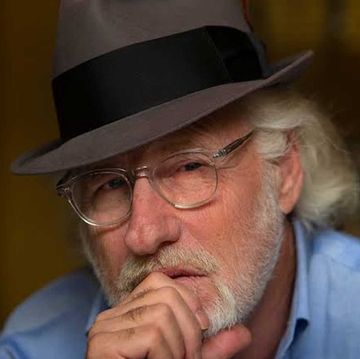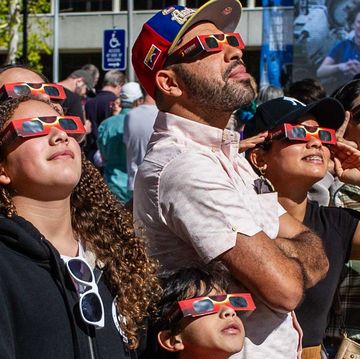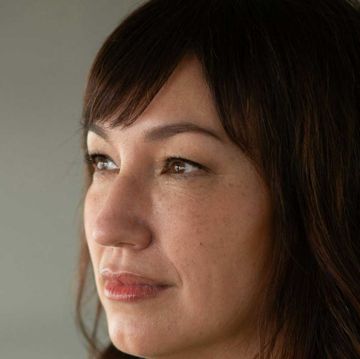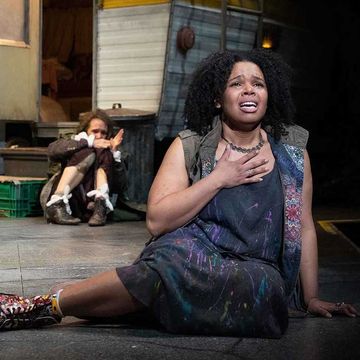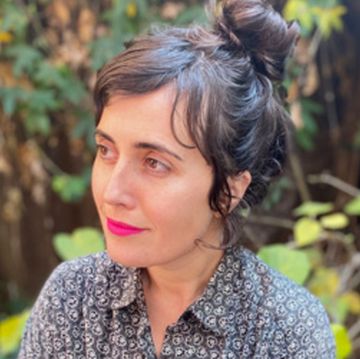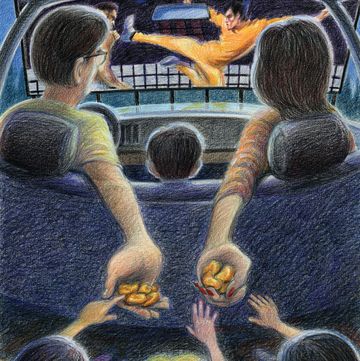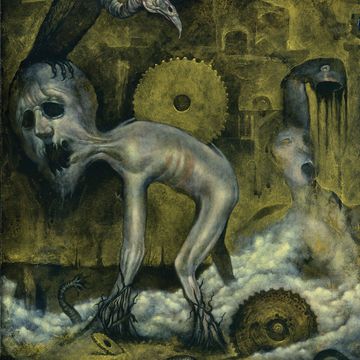Mary Roach, author of seven popular books of nonfiction that blend science, belief, and humor, works from an office in downtown Oakland. It is part of a group of offices rented out by a “hodgepodge” of writers and journalists.
Her neighbors have a way of indicating whether they’re busy or want company. Roach says, “You can shut the door and be as isolated as you want if you are on deadline or just don’t feel like talking. For me, if I have the blinds up, it means ‘Come distract me, please.’ ”
This article appears in Issue 25 of Alta Journal.
SUBSCRIBE
Roach developed a preference for such an arrangement after more than 10 years of magazine freelancing out of her home. She could get “stir-crazy” when she wasn’t living with someone. She jokes, “You get a little chatty with the mail carrier.” She enjoys the people she shares the offices with and likes the demarcation of spaces, having “a here and a there.”
Roach’s office is filled with intriguing things she’s collected. On one wall is an embroidered hanging, a gift from Kirti Rawat, the director of the International Centre for Reincarnation and Survival Researches, in Indore, India, with whom she spent a few days conducting research for Spook: Science Tackles the Afterlife. She keeps a tiny museum of weird souvenirs from her research on the bookshelf. These include a little glass bottle of air from the South Pole—the cleanest air in the world—and an eye cap, a mortuary device she received while working on one of the first chapters of Stiff: The Curious Lives of Human Cadavers. She calls it “a contact lens from hell” for dead people. Scientists gave her the tiny penis bone of a rat.
By Roach’s desk lamp is a shiny chrome pelvic-floor trainer she uses as a paperweight. She acquired the device, which you insert into the vagina and use your muscles to lift up and down, for a Salon story on hardcore kegeling. Her mug is from Star City, outside Moscow, where cosmonauts train. From that reporting trip, she also kept tiny pieces of special bread for cosmonauts: “You don’t want crumbs in a zero-gravity environment, because they float around and get into the electronics.”
How long Roach’s writing day lasts depends on the phase of the work. Before she goes into the office, she stops at a Modern Coffee—just having a caffeinated drink by her desk anchors her there. As soon as she reports a chapter, she tends to want to write it. When Roach nears the end of a project, she’ll sometimes write on weekend mornings, but for the most part, she says, “books are a lot of things in your head running around. It’s good to have a couple of days where you shut all that out.”•
Anita Felicelli is Alta Journal ’s books editor and the author of How We Know Our Time Travelers, Chimerica, and Love Songs for a Lost Continent.


